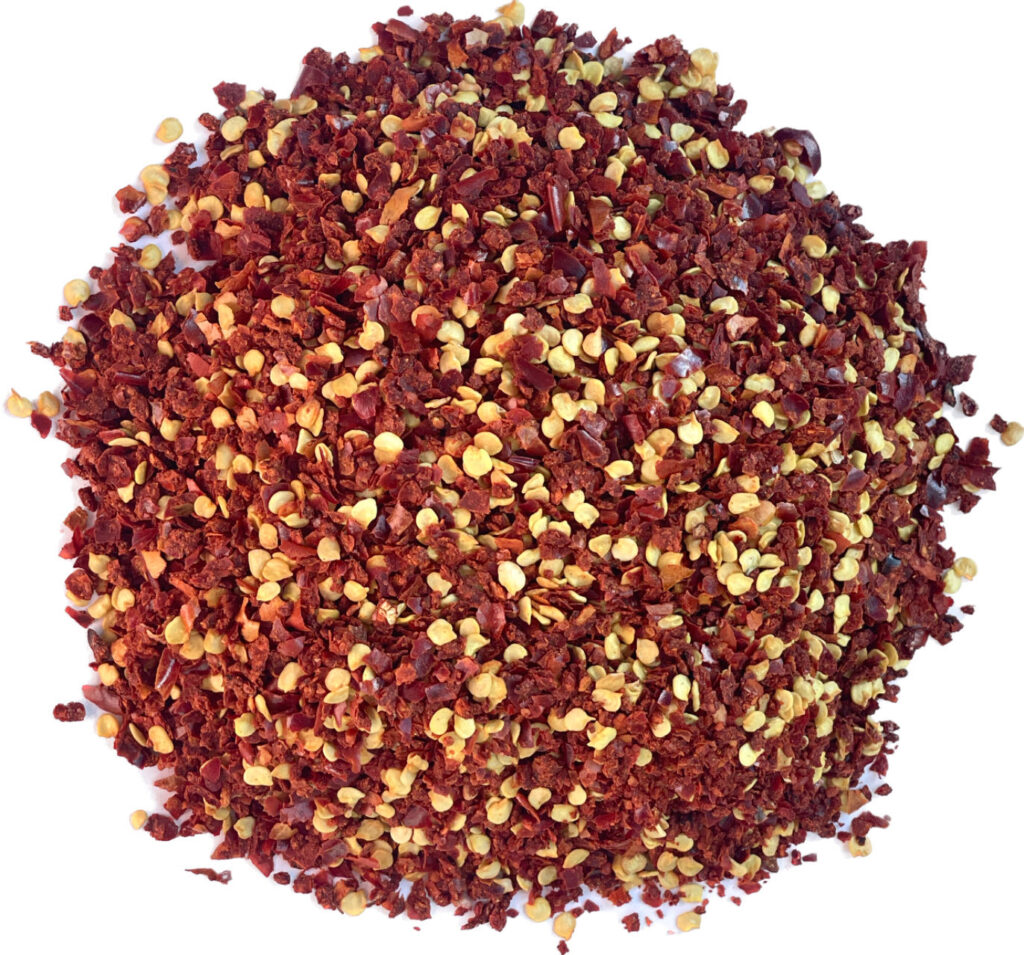
Market Overview
The global chili pepper market has experienced steady growth in recent years, driven by increasing demand for spicy foods, ethnic cuisines, and the rising popularity of hot sauces and condiments. According to industry reports, the market is projected to grow at a CAGR of 5-7% from 2023 to 2030, fueled by expanding food processing industries and consumer preference for bold flavors.
Key Market Drivers

Growing Demand for Spicy Foods : The rise of global cuisines (Mexican, Indian, Thai, Sichuan) has increased chili consumption.
Health Benefits : Chili peppers are rich in capsaicin , known for its anti-inflammatory and metabolism-boosting properties.
Expansion of Processed Foods : Increased use in sauces, snacks, and ready-to-eat meals.
Rising Popularity of Hot Sauces : Brands like Sriracha and Tabasco have gained worldwide recognition.
Major Producing Countries

China: The world’s largest producer and exporter, dominating dried chili and powder markets.
India : Leading in fresh chili production, with key varieties like Byadagi and Guntur.
Mexico : A major supplier of jalapeños, habaneros, and other fresh/smoked peppers.
Thailand & Vietnam : Key players in bird’s eye chili exports.
Africa (Nigeria, Ethiopia) : Emerging suppliers with competitive pricing.
Export & Trade Trends
Top Importers : USA, Germany, UK, Japan, and Middle Eastern countries.
Formats : Demand is high for dried chilies, powders, flakes, pastes, and frozen peppers .
Organic & Specialty Peppers : Niche markets for organic, non-GMO, and exotic varieties (e.g., ghost pepper, Carolina Reaper) are growing.
Challenges
Price Volatility : Weather conditions (droughts/floods) impact supply.
Quality Standards : Strict regulations in EU/US markets on pesticide residues and aflatoxin levels.
Logistics : Perishability of fresh chilies requires efficient cold chain management.
Opportunities for Exporters
Opportunities for Exporters
Value-Added Products : Pre-packaged spices, customized blends, and gourmet sauces.
E-Commerce Expansion : B2B platforms (Alibaba, Amazon Business) and direct-to-consumer sales.
Sustainable & Ethical Sourcing : Fair-trade and traceable supply chains attract premium buyers.
The chili pepper market offers strong potential for exporters who can ensure **consistent quality, competitive pricing, and reliable logistics**. Targeting food manufacturers, retailers, and specialty gourmet markets will maximize profitability. Diversifying into **processed products** (e.g., chili oil, dehydrated flakes) can further enhance market reach.
Next Steps for Your Business:
– Identify high-demand markets (e.g., North America, Europe).
– Obtain certifications (ISO, Organic, FDA/EU compliance).
– Partner with local farmers for stable supply.
Would you like assistance with a tailored sales strategy for your chili products?
